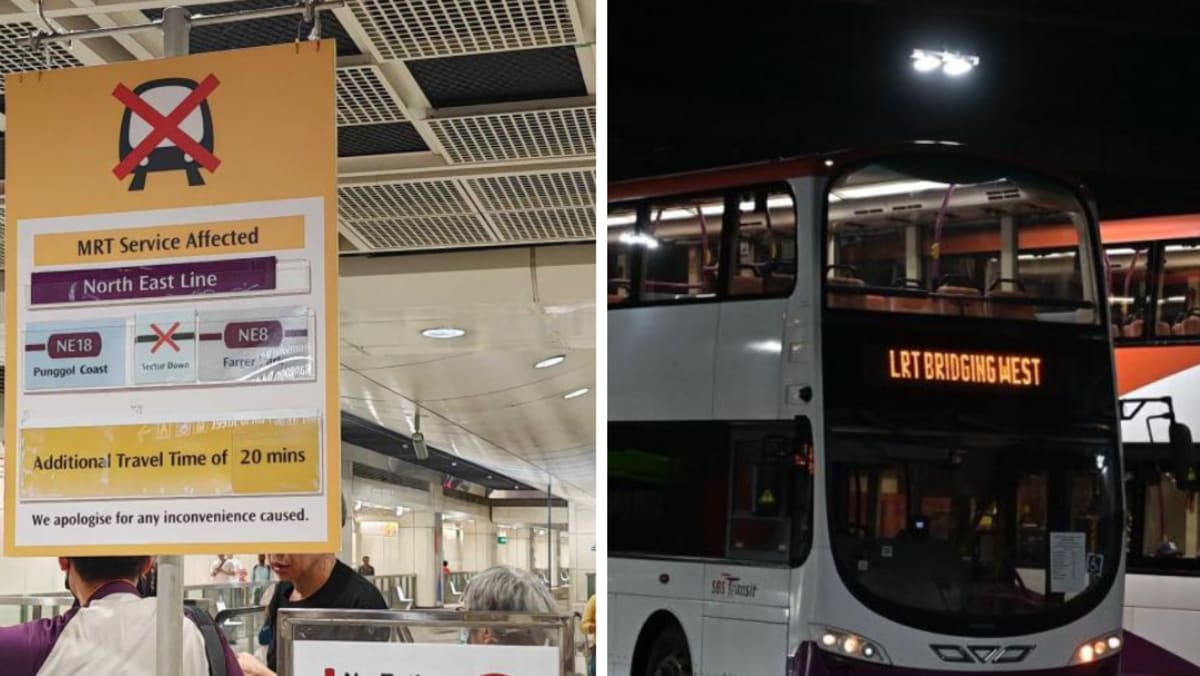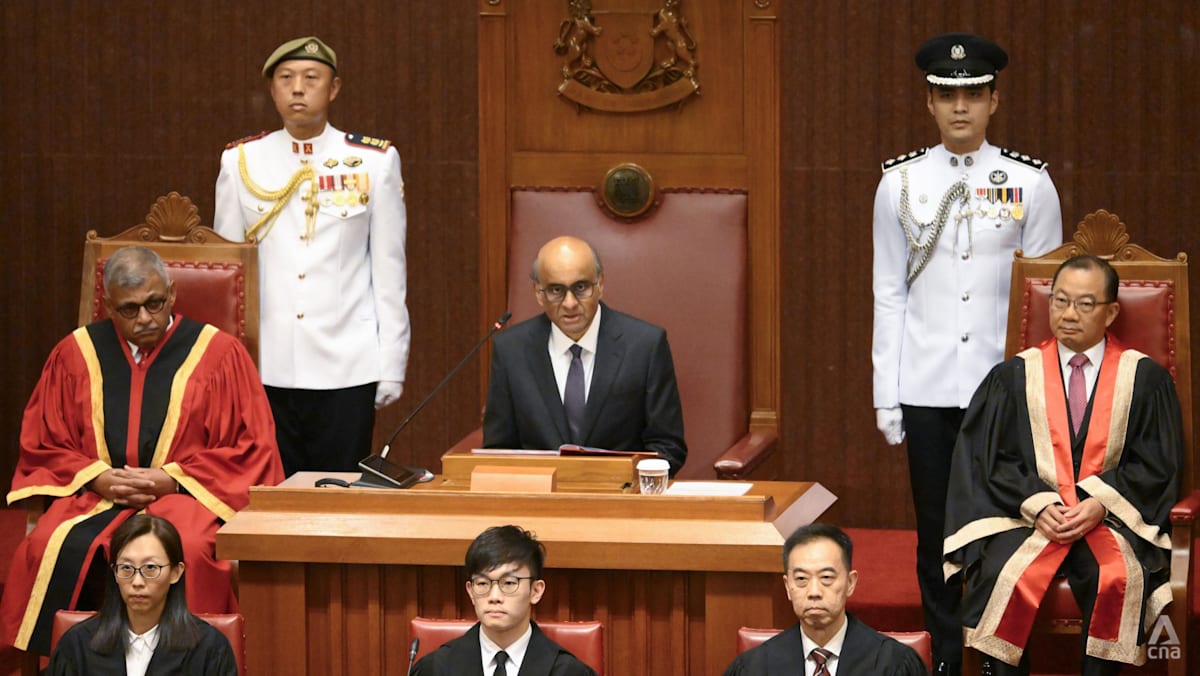SINGAPORE: There is now a new task force to look into the issue of MRT reliability, following 15 disruptions in the last three months.
Sounds familiar?
Every minister responsible for transport has had to deal with the issue and faced questions about rail reliability, often after one too many breakdowns.
Current Acting Transport Minister Jeffrey Siow, only five months into the job, faced a battery of questions from Members of Parliament (MPs) last month on the recent spate of incidents involving the North-South, East-West and the North East MRT lines, as well as the Sengkang-Punggol LRT.
He was in familiar company.
In 2012, then Transport Minister Lui Tuck Yew admitted the shortcomings of the government and the Land Transport Authority in Parliament, as he addressed the findings of a Committee of Inquiry (COI) that had been set up to look into major disruptions that affected more than 200,000 commuters in December 2011.






